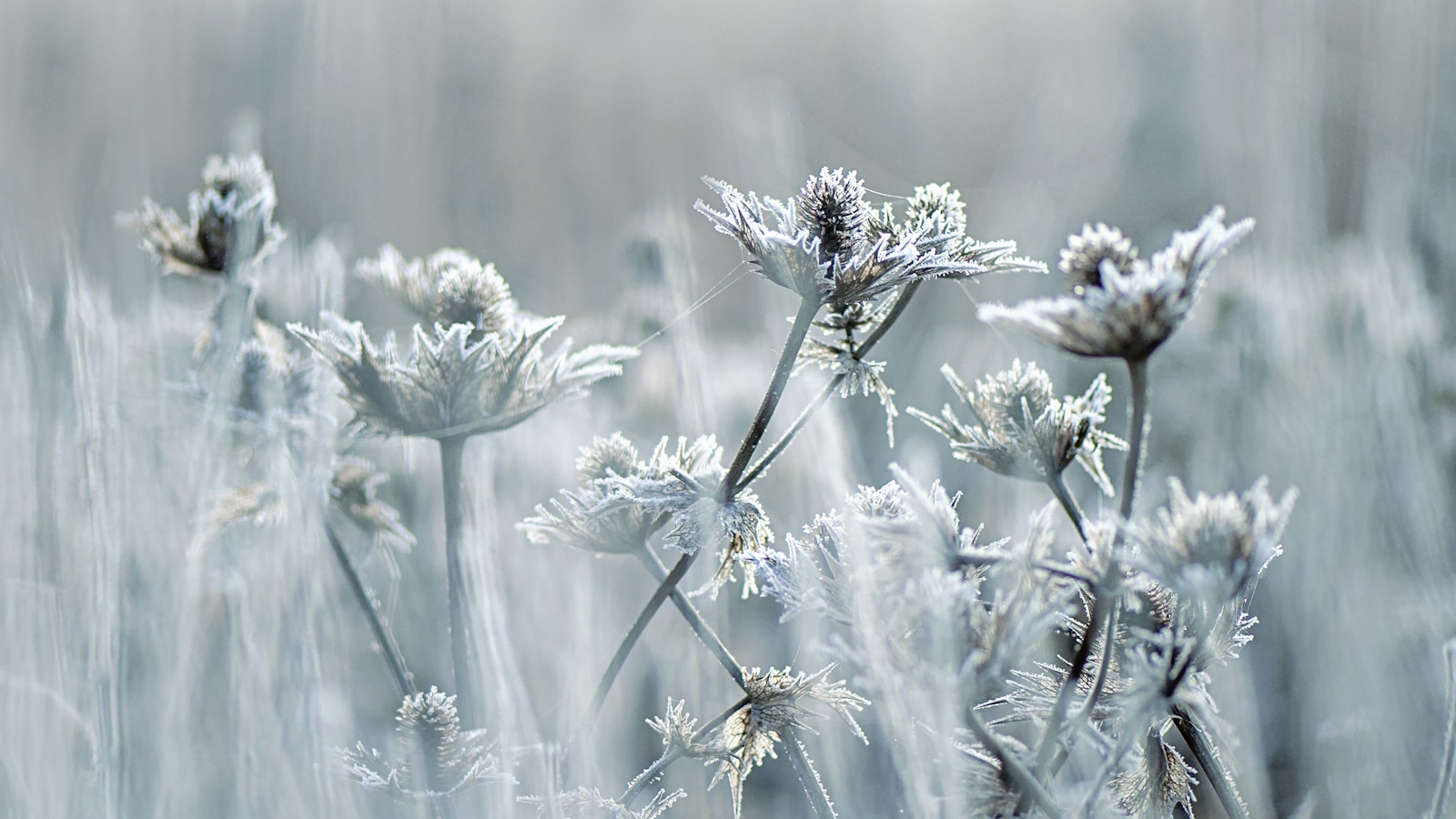
Hardiness zones are areas of the country whose average coldest winter temperatures are the same. They are shown in bands on the USDA Hardiness Zone map and range from zone 1 (the coldest) to zone 13 (the warmest).
They’re important because - alongside the hardiness ratings attached to individual plant varieties and noted on plant tags - it’s a simple way to see which plants will grow and thrive in your area.
It’s important to remember, however, that whether or not a particular plant will grow in your yard is also influenced by other factors such as the presence of mountains, large bodies of water, and urban developments.
In zones 1 and 2, cold winter temperatures severely limit the range of plants that will thrive, and in zone 1 in particular, there are very few.
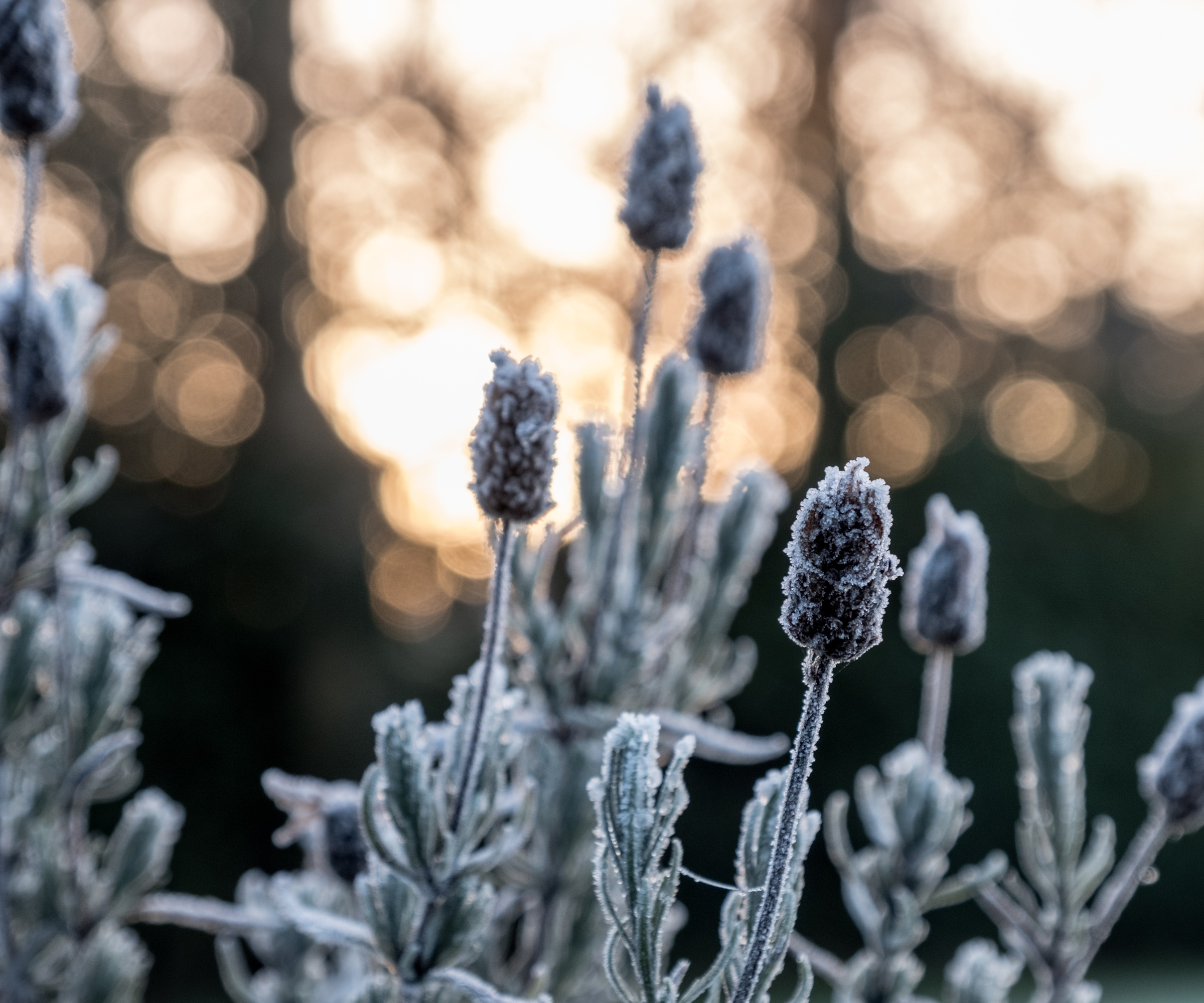
Gardening in zones 1 and 2
Zones 1 and 2 include the very coldest parts of the country, with winter temperatures in zone 1 falling, on average, to below -50°F. Winter temperatures in zone 2 are between -50 to -40°F.
Here is some expert advice worth bearing in mind when getting started:
- Winter temperatures in foundation plantings and other areas close to the house will be less cold than in more exposed parts of your property.
- Do not be overambitious in spring, but be ready to prepare and plant as soon as the soil thaws.
- For vegetables, covering your intended planting area with black plastic will hasten the thaw, and using well-secured row tunnels or cloches also warms the soil before planting.
- The timing of the thaw varieties from year to year, so be alert and pay attention to local conditions and the local forecast.
- When growing vegetables, where possible begin with starts - young vegetable plants. Compared with starting seeds at the same time, you will gain valuable growing weeks which leads to heavier crops.
- Raising starts yourself indoors from seed brings you several valuable extra weeks of spring growing. Alternatively, order them in from a mail order nursery.
- Frost cloth or frost blankets (a non-woven fabric) is an invaluable aid to help starting plants a little earlier in spring and bring them extra time to grow in fall.
Zone 1: Main features
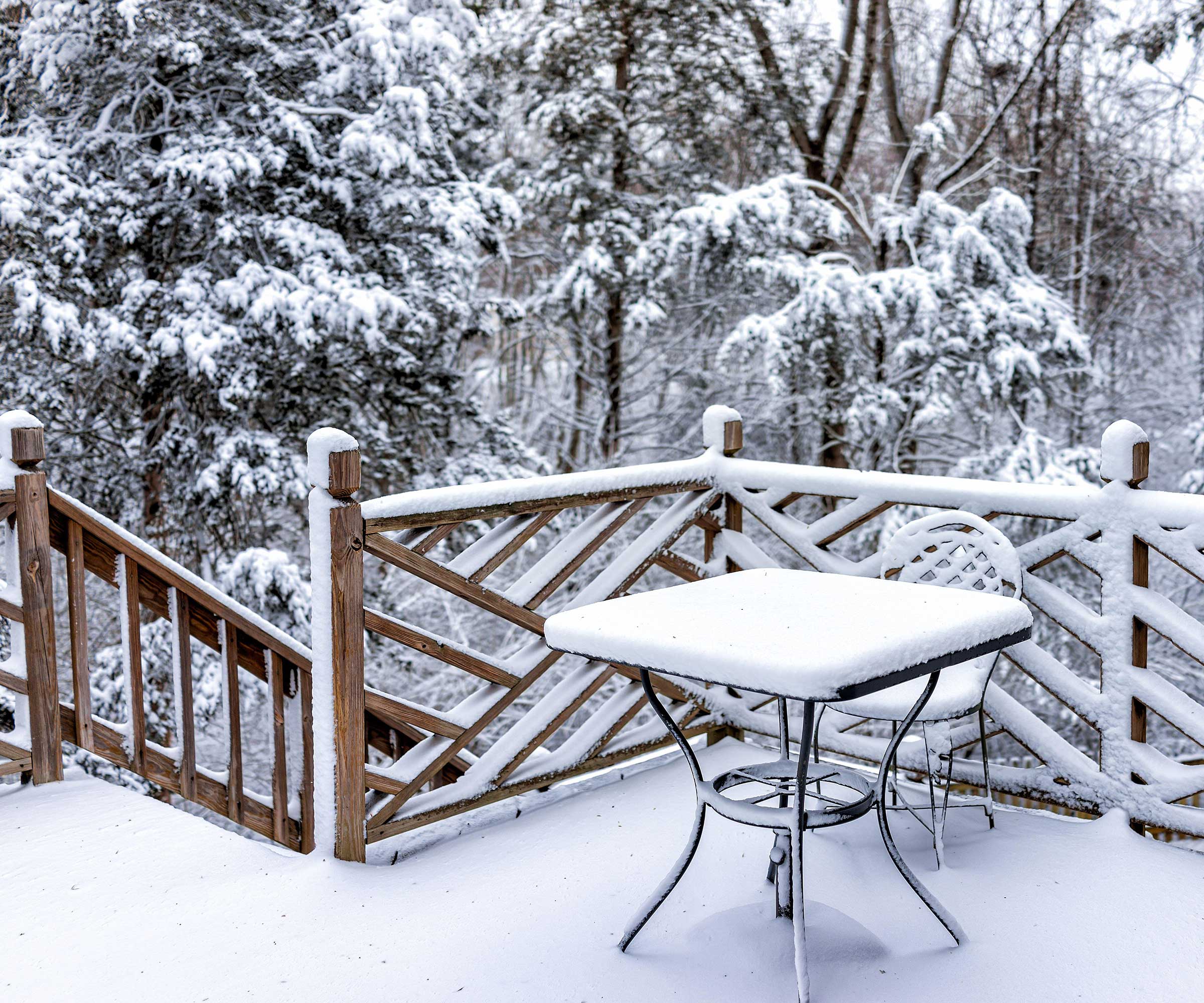
The coldest winter temperatures in zone 1 fall, on average, to below -50°F.
Zone 1a has a minimum average temperature of -60°F to -55°F and zone 1b has a minimum average temperature of -55°F to -50°F, although these zones are rarely used.
Zone 1 includes the very coldest parts of the country, all in Alaska.
The ground is frozen solid for many months, and during this time plants remain dormant. It’s impossible to work on even the most basic garden tasks outdoors for all but around four months of the year.
The first frost date of the fall is usually between 25 - 31 August, while the last frost date of the spring is usually between 22 May to 4 June.
While for much of the year the cold winter temperatures limit the range of plants that thrive, the use of protection, mulches, and making use of local topography can be very helpful in extending the range of plants that will thrive.
Plants for zone 1
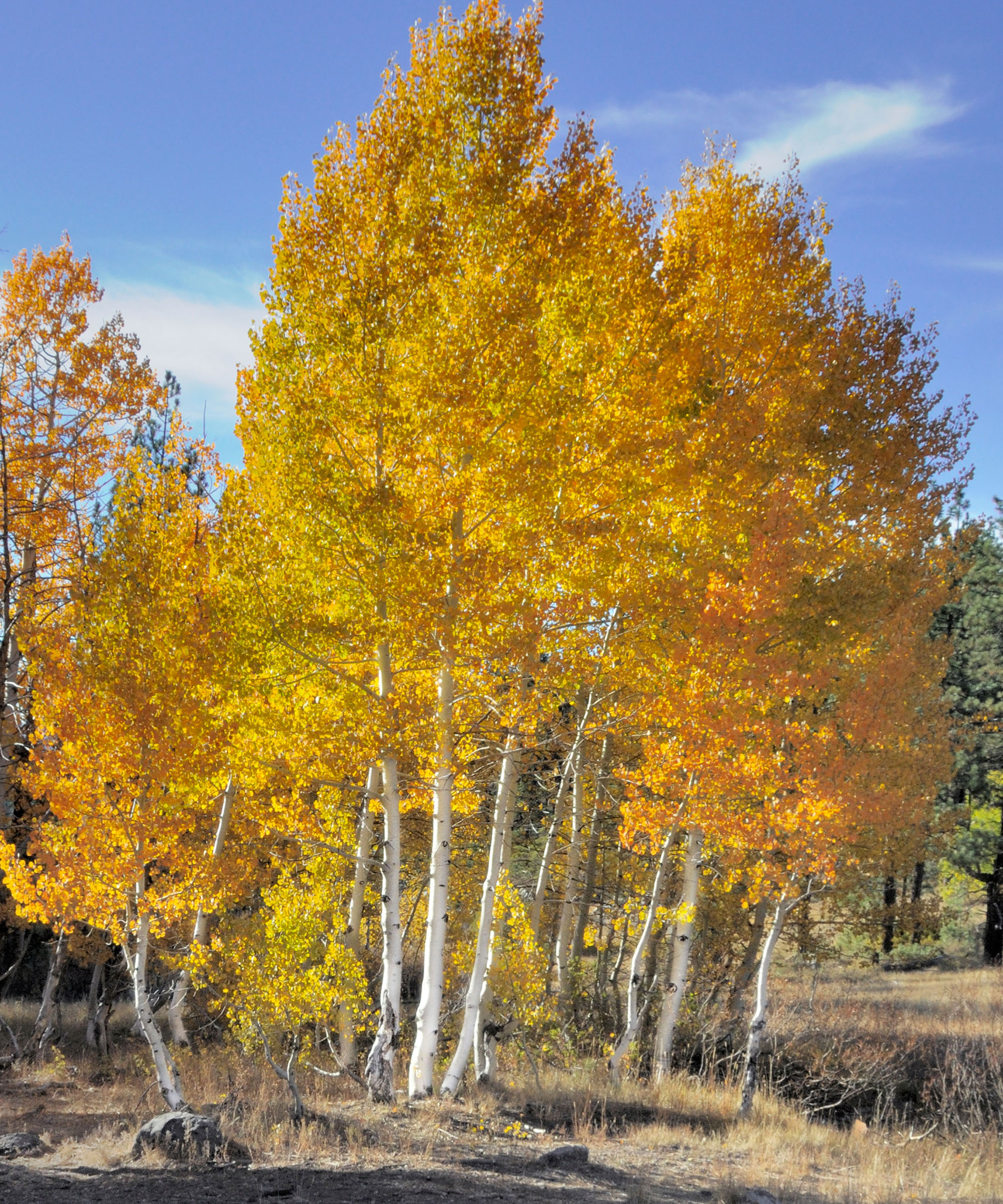
Few plants will thrive in zone 1. The best advice is to try anything you see rated as zone 1, anything that grows well in your area, and also try plants rated zone 2. Here are a few of our top picks:
Deciduous tree
Balsam poplar (Populus tremuloides) Often called quaking aspen, for its dark foliage that vibrates in the slightest breeze and turns gold in fall, as pictured above.
Also try: Mountain ash (Sorbus aucuparia)
Evergreen tree
Blue spruce (Picea pungens ‘Glauca’)
Slow but steady growth, the blue spruce - such as this one available at Nature Hills - develops into a conical feature with attractive silvery blue needles.
Also try: Siberian dwarf pine (Pinus pumila).
Deciduous shrub
Red Osier Dogwood (Cornus sericea)
White spring flowers, white summer berries and colorful winter twigs in red or yellow. Some have variegated leaves.
Also try: Tatarian dogwood (Cornus alba).
Evergreen shrub
Mugo pine (Pinus mugo)
Well-branched, adaptable shrub with both very dwarf and taller varieties available.
Also try: Labrador tea (Rhododendron groenlandicum).

Perennials
Yarrow (Achillea)
Feathery foliage, topped with flat summer heads of tiny flowers in many pastel and fruity shades.
Also try: Lily-of-the-valley (Convallaria).
Natives
Goldenrod (Solidago)
Familiar spikes of yellow summer flowers attract many insects and do not (as is sometimes said) cause allergies.
Also try: Fleabane (Erigeron varieties).
Annuals
Poppy (Papaver rhoeas)
Flamboyant, four petalled flowers in scarlet or a range of pastel shades. You can see the range of poppy seeds available at Burpee.
Also try: Sunflower (Helianthus annuus)
Vegetables
Cut-and-come-again salads are ready to cut just a few short weeks after sowing, then sprout again for another crop, plus they can be grown well indoors.
Also try: Lettuce, especially loose-leaf varieties.
Fruits
Apples (Malus domestica)
Get advice on good local varieties of both eating and cooking apples.
Also try: Chokeberries (Prunus virginiana)
Zone 2: Main features

Winter temperatures in zone 2 are between -50°F and -40°F. Zone 2a has a minimum average temperature of -50° to -45°F and zone 2b has a minimum average temperature of -45° to -40°F, although these zones are rarely used.
Although not the coldest zone in the country, this zone is found only in Alaska and while the range of plants that will thrive is limited by the icy winters, the use of plastic and organic mulches, and germinating seeds indoors, is very useful in extending the growing season.
The first frost date of the fall is usually between 1-8 September, the last frost date of the spring is usually about 15-24 May.
Plants for zone 2
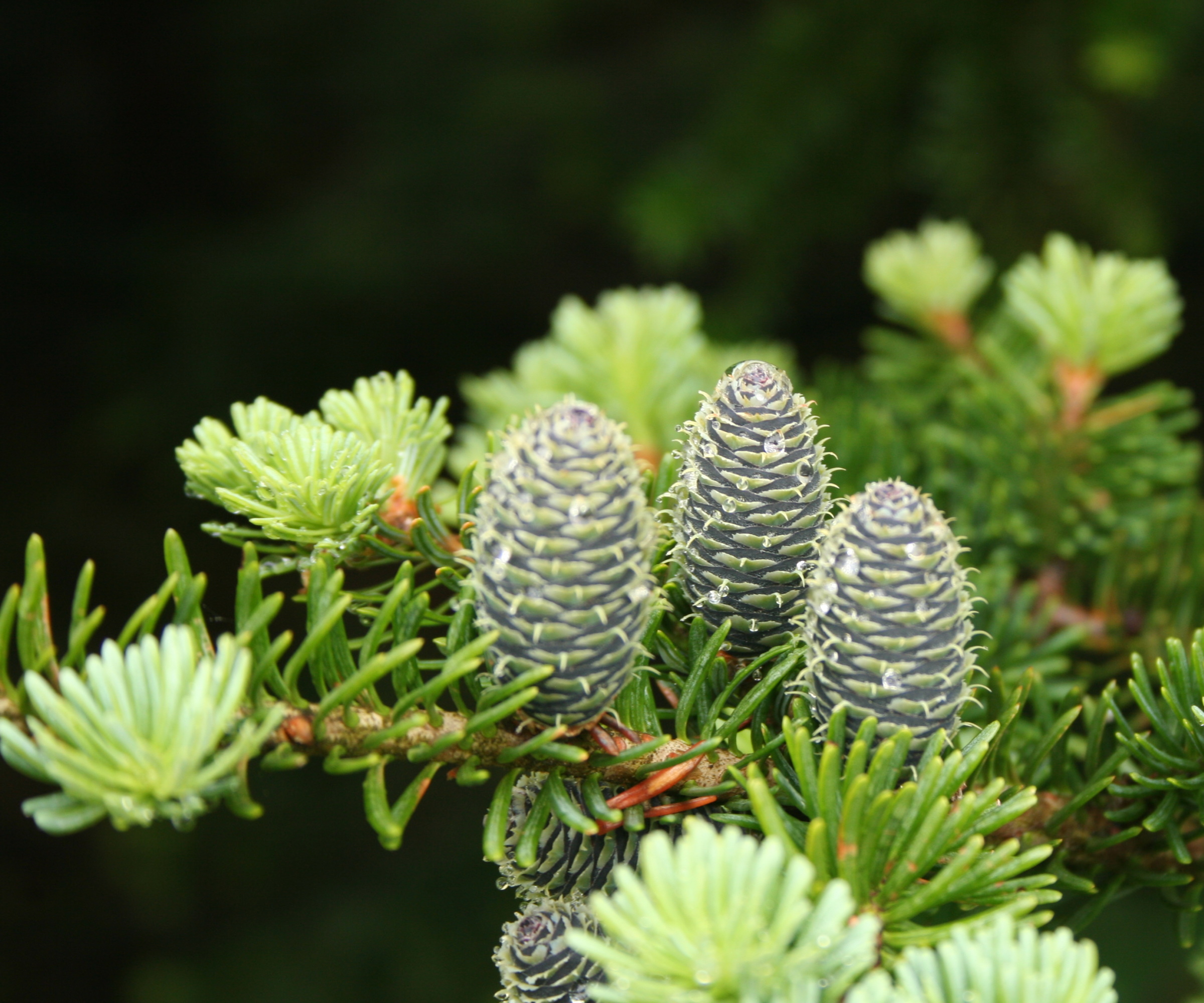
All plants noted for zone 1 are also suitable for zone 2.
Deciduous trees
Mountain ash (Sorbus americana) White spring flowers, orange-red fall berries, yellow fall leaf color.
Also try: Paper birch (Betula papyrifera)
Evergreen trees
Balsam fir (Abies balsamea) Balsam scented, dark green leaves and purple young cones.
Also try: White pine (Pinus strobus)
Deciduous shrubs
Rugosa rose (Rosa rugosa) Large, single or semi-double, usually scented, flowers followed by large red hips, such as this rugosa rose variety from Nature Hills.
Also try: Ninebark (Physoscarpus opulifolius)
Evergreen shrubs
Mountain laurel (Kalmia latifolia) Spectacular clusters of red, white or bicolored early summer flowers.
Also try: Juniper (Juniperus varieties)
Perennials
Eryngo (Eryngium alpinum) Steely blue, thistle-like flower heads with spiny ruffs and white-veined leaves.
Also try: Creeping phlox (Phlox subulata)
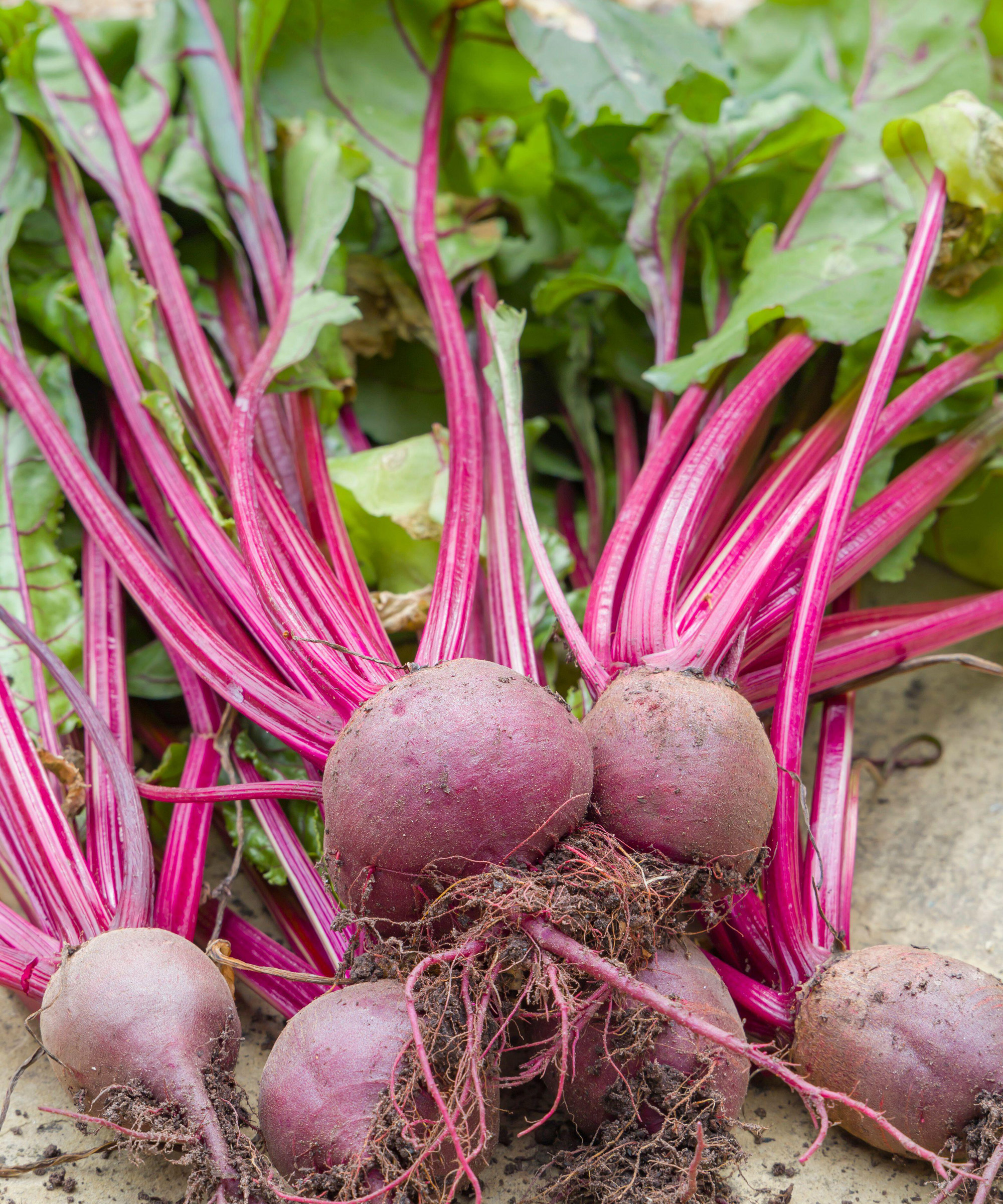
Natives
Arrowwood viburnum (Viburnum dentatum) Deciduous shrub with clusters of white spring flowers followed by berries in a range of colors.
Also try: Rhodora (Rhododendron canadense)
Annuals
Sweet pea (Lathyrus odoratus) Sweetly scented vine in a wide range of colors and bicolors. More frost tolerant than often thought.
Also try: Morning glory (Ipomoea) Vigorous vine with large flamboyant trumpets but needs protection from all frost.
Vegetables
Beetroot: Can be used at golf-ball size or left to mature to tennis ball size, or larger. You can see the range of beet seed varieties available at Burpee.
Chard: Baby laves can be used in salads, larger leaves and stems can be steamed.
Fruits
Blackberries: Look for locally popular varieties as some are more suited to zone 2 than others.
Plums: Again, check with local suppliers, with your extension service and with neighbors to find the best varieties for your area.
FAQs
Why are the US hardiness zones important?
Climates in the US differ widely, even within states, therefore it is essential to know and understand which plants will grow well and thrive in your local region to ensure your gardening success and avoid expensive planting mistakes.
It may feel like a challenge to plant a thriving garden in zones 1 or 2, however it is entirely possible with the right plants - including these great frost-hardy plant ideas - and gardening kit.







